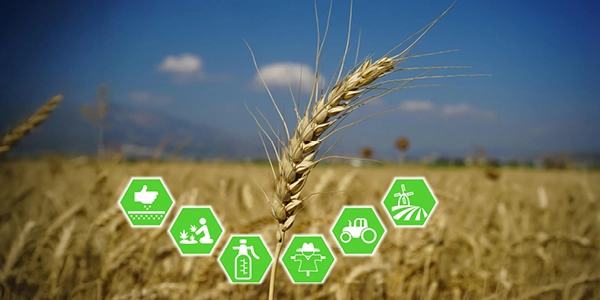
A Guide to Automated Sample Preparation Workflows: Thermo Scientific TriPlus RSH SMART

The advantages of TriPlus RSH SMART workflows for environmental and food safety GC/GCMS applications
Gas chromatography is a separation technique widely used in
many analytical testing and research laboratories to unravel samples
composition or quantify impurities. It is a key analytical tool for many sample
types like environmental matrices (water, soil, and air) for the detection of
organic pollutants. GC is also valuable in the analysis of pharmaceuticals, biological
samples for clinical studies, chemicals and petrochemicals, food samples for
pesticides and other organic contaminants.
Despite widespread utility of the technique, most sample matrices are not suitable for direct injection into a GC system. Samples must be prepared to allow full vaporization before separation and detection at the required concentration limits. Depending on the complexity of the sample matrix, the isolation of the volatile organic fractions may require extraction, cleanup, derivatization, and in many cases, a concentration step to reach the required sensitivity.
As a result, most of the GC analysis time is taken by sample preparation, often involving several manual handling procedures, which are error-prone and a major source of analytical data variability. This is why sample preparation represents the most important step prior to GC analysis.
This guide examines important considerations for GC sample preparation, highlighting the key advantages of the new TriPlus RSH Robotic Sample Handling system. Main touchpoints include:
- The role of sample preparation in gas chromatography
- How automation helps modern laboratories
- Overview of the TriPlus RSH robotic sample handling system
- The Sampling Workflow Editor software
- Calibration, Derivatization, Liquid/liquid extraction, Headspace extraction, Micro-SPE clean-up and other important workflows

DOWNLOAD THIS OFFICIAL GUIDE TO LEARN MORE

Become a member and enjoy exclusive benefits
Create an account now for exclusive benefits, personalized recommendations, and seamless order tracking. Elevate your lab experience today!